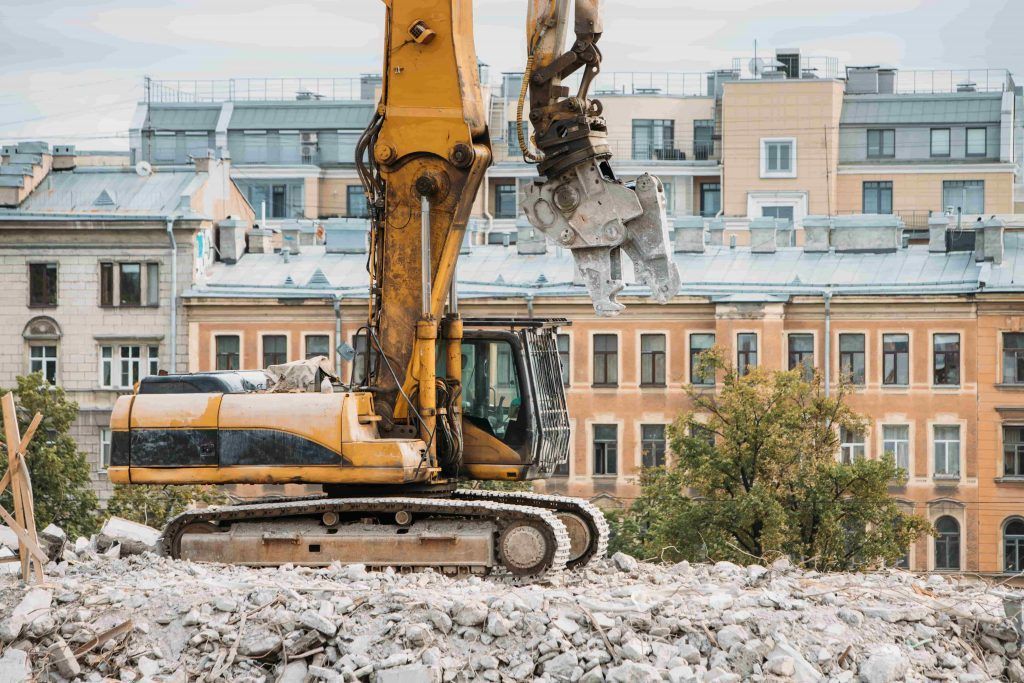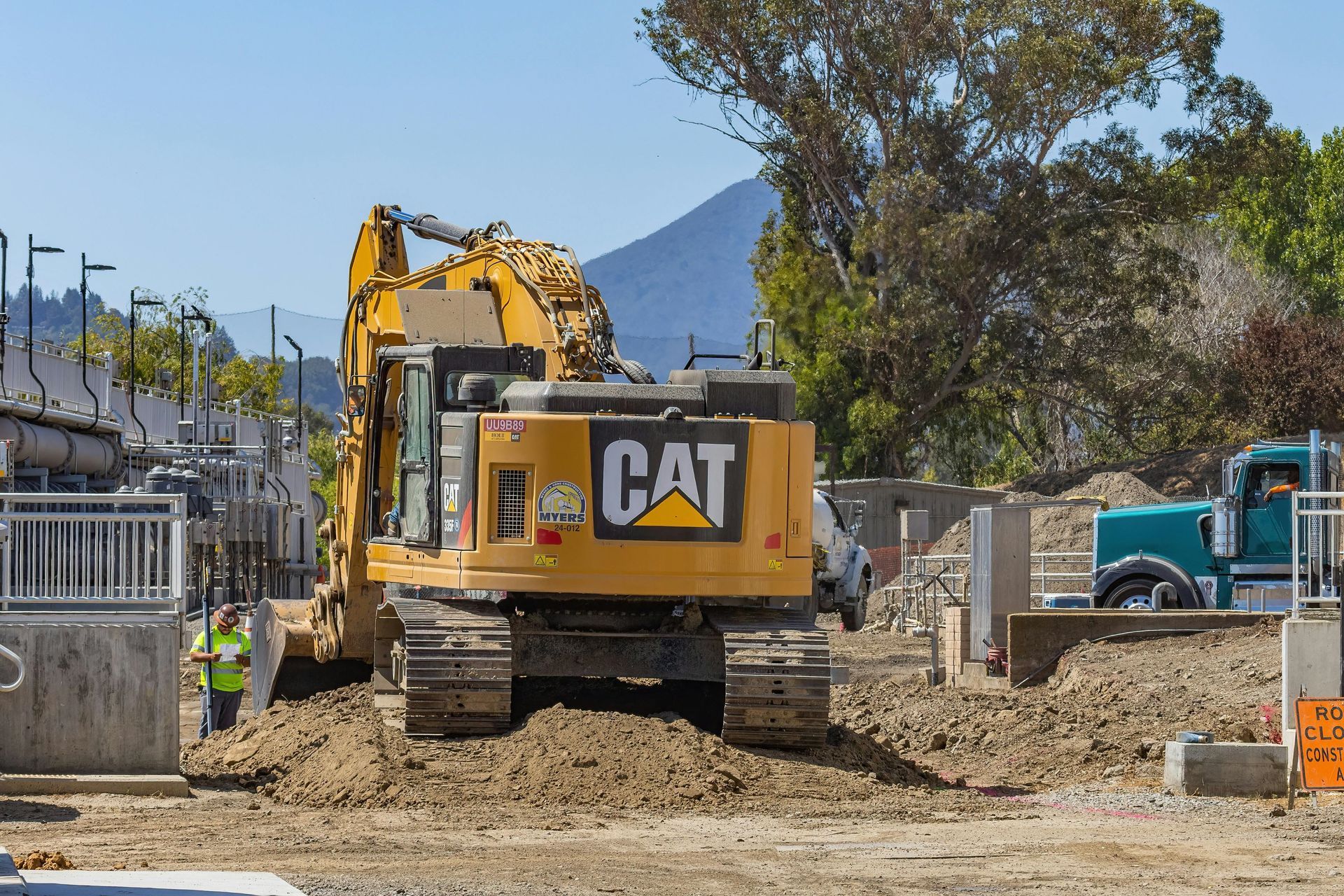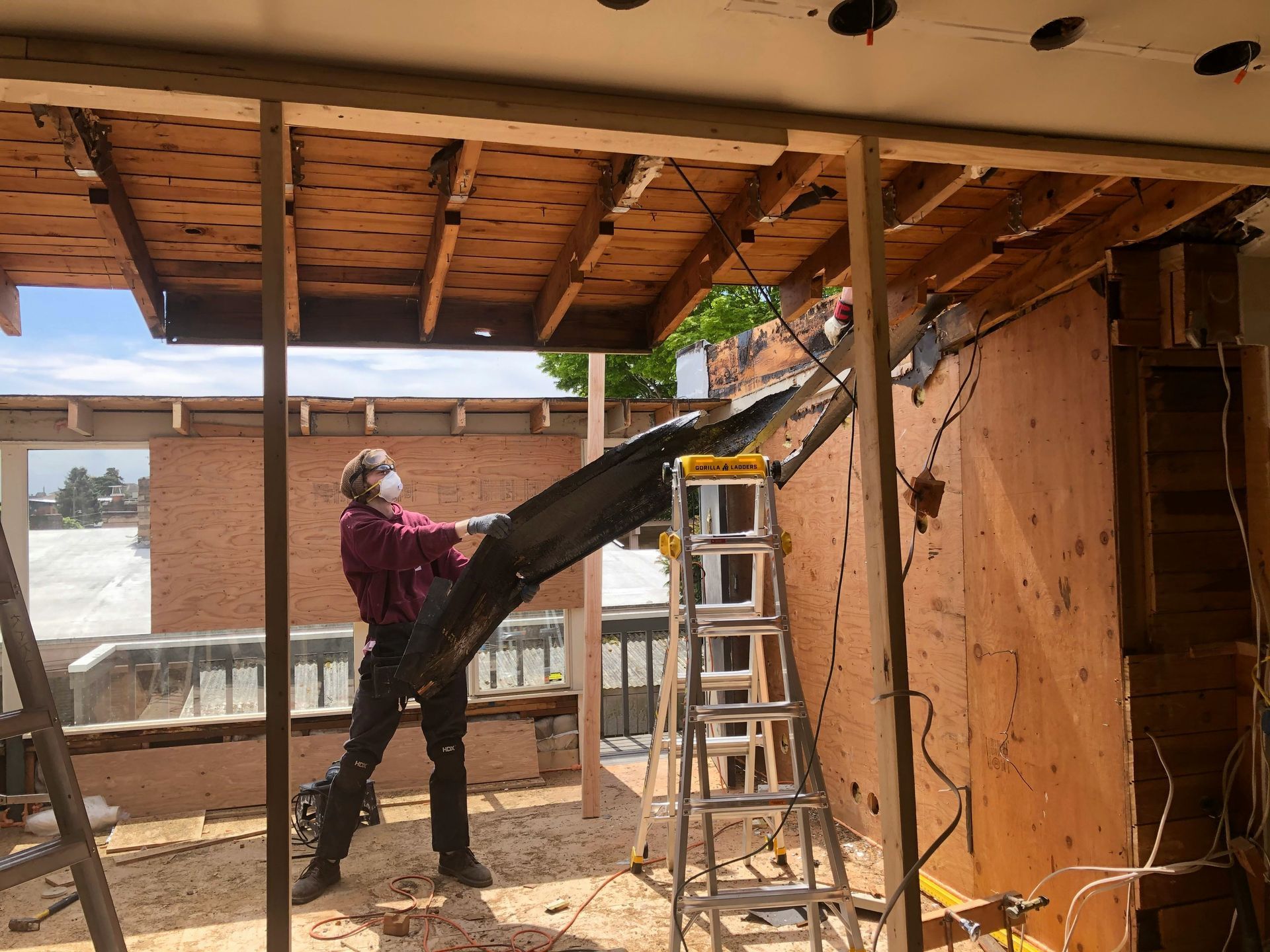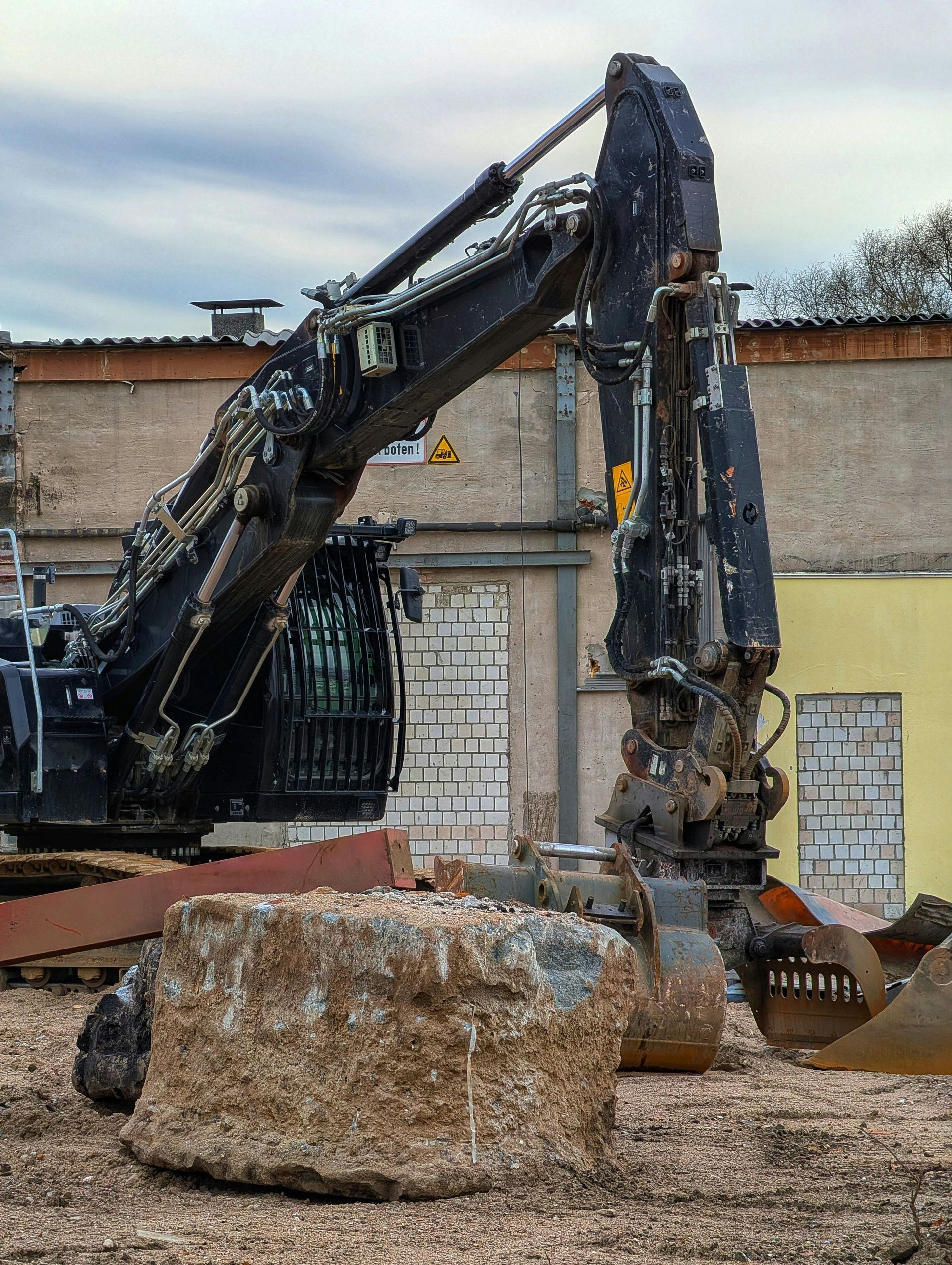In this post, we’ll discuss the environmental impact of demolition and provide actionable steps that can help you reduce waste, recycle materials, and adopt greener practices.
1. Understanding the Environmental Impact of Demolition
Demolition projects have a significant environmental footprint, primarily due to the large amount of waste generated. According to the Environmental Protection Agency (EPA), construction and demolition (C&D) debris accounts for a substantial portion of the total waste produced in the U.S. each year. This includes materials like concrete, wood, metal, drywall, glass, and hazardous substances like asbestos.
Key Environmental Concerns:
Landfill Waste: A large portion of demolition debris ends up in landfills, contributing to the growing waste problem.
Energy Use: The energy required to transport and dispose of materials in landfills or incinerators adds to the environmental impact.
Carbon Emissions: The production, transportation, and disposal of construction materials generate carbon emissions, contributing to climate change.
Resource Depletion: Demolition often means throwing away valuable materials that could be reused or recycled, contributing to the depletion of natural resources.
While demolition is necessary in many cases, it’s crucial to take steps to mitigate these negative effects and adopt a more sustainable approach.
2. The Benefits of Sustainable Demolition
Sustainable demolition focuses on reducing waste, conserving resources, and minimizing environmental damage. The benefits of embracing eco-friendly practices in demolition are significant:
Reduction in Landfill Waste: By recycling and reusing materials, you can significantly reduce the amount of debris sent to landfills.
Energy and Resource Conservation: Recycling materials like steel, wood, and concrete helps conserve natural resources and reduces the need for new raw materials, saving energy.
Cost Savings: Recycling and reusing materials can reduce disposal costs and even generate revenue through the sale of reclaimed materials.
Positive Public Perception: Companies that adopt sustainable practices build a reputation for being responsible and eco-conscious, which can attract clients who value sustainability.
At First Step Demolition, we are committed to minimizing the environmental impact of demolition projects by focusing on sustainability at every stage of the process.
3. How to Minimize Waste and Maximize Sustainability in Demolition
Now that we understand the environmental impact of demolition, let’s dive into practical steps you can take to minimize waste and maximize sustainability during the demolition process.
- 1. Plan for Recycling and Reuse
One of the most effective ways to reduce the environmental impact of demolition is by planning to recycle and reuse materials. Before beginning a demolition project, take inventory of the materials in the structure to see which ones can be salvaged.
Common materials to recycle include:
Wood: Salvaged wood can be repurposed for new construction, flooring, or even furniture.
Steel and Metals: Metal can be recycled into new products, saving energy and resources.
Concrete: Concrete can be crushed and reused as aggregate for road construction, landscaping, or new concrete projects.
Glass and Windows: Glass can be recycled into new glass products, reducing the need for raw materials.
- 2. Remove Hazardous Materials Safely
Hazardous materials, such as asbestos, lead paint, and chemicals, must be removed and disposed of properly before demolition begins. These materials pose significant risks to both human health and the environment. It’s essential to work with certified professionals who can safely handle the removal of these substances.
At First Step
Demolition, we follow strict protocols for identifying and safely removing hazardous materials, ensuring that your demolition project is carried out in compliance with environmental regulations.
- 3. Focus on Deconstruction, Not Just Demolition
Rather than simply demolishing a structure, consider a deconstruction approach. Deconstruction involves carefully dismantling parts of a building to preserve valuable materials for reuse. This is especially beneficial for older buildings with high-quality materials, such as brick, timber, and vintage fixtures.
Some steps in deconstruction include:
Salvaging Architectural Features: Doors, windows, moldings, and other architectural elements can be reclaimed for reuse.
Taking Apart
Structural
Components: Rather than crushing
concrete, a deconstruction team can separate steel beams, bricks, and wood for reuse in other projects.
Recovering Materials for Repurposing: Instead of sending materials to a landfill, deconstruction allows for the repurposing of items like flooring, tiles, and roofing materials.
By focusing on deconstruction, you can significantly reduce waste while contributing to the preservation of valuable building materials.
- 4. Work with a Green Demolition Contractor
Choosing a demolition contractor with experience in sustainable practices is key to ensuring that your project is environmentally responsible. At First Step Demolition, we prioritize green demolition practices, including:
Using energy-efficient equipment that reduces emissions.
Employing a team skilled in sorting and recycling materials on-site.
Partnering with local recycling facilities to ensure proper disposal of materials.
Adhering to environmental regulations to ensure compliance and safety.
A green contractor will help guide you through the process, ensuring that materials are recycled, reused, and disposed of in an eco-friendly manner.
4. Use Environmentally Friendly Equipment
The equipment used during a demolition project also impacts its environmental footprint. Modern, energy-efficient machinery can significantly reduce carbon emissions and fuel consumption. Some ways to reduce the environmental impact of your demolition equipment include:
Using Hybrid or Electric Machines: These machines use less fuel and produce fewer emissions than traditional diesel-powered equipment.
Minimizing Transportation Emissions: If you’re using large equipment, consider options that minimize fuel use and transportation emissions by sourcing local contractors or renting equipment nearby.
5. Document and Track Sustainability Efforts
Tracking the amount of waste you divert from landfills is a great way to measure the success of your sustainable demolition efforts. Many green demolition contractors provide documentation that tracks how much material has been recycled or reused. This not only helps you keep a record of your sustainability efforts, but it can also be valuable when reporting to regulatory bodies or clients.
At First Step Demolition, we provide detailed reports that outline how much material was recycled and where it went, ensuring full transparency in our green demolition practices.
Conclusion
Demolition doesn’t have to be synonymous with waste and environmental harm. By adopting sustainable demolition practices, such as recycling materials, deconstructing instead of simply demolishing, and using eco-friendly equipment, we can significantly reduce the environmental impact of these projects.
At First Step Demolition, we are committed to minimizing waste and maximizing sustainability in every project. If you’re planning a demolition project and want to ensure it’s as green as possible, reach out to us today. We’ll work with you to develop a plan that minimizes environmental impact and maximizes the reuse and recycling of materials, making your demolition project more eco-friendly and cost-effective.












